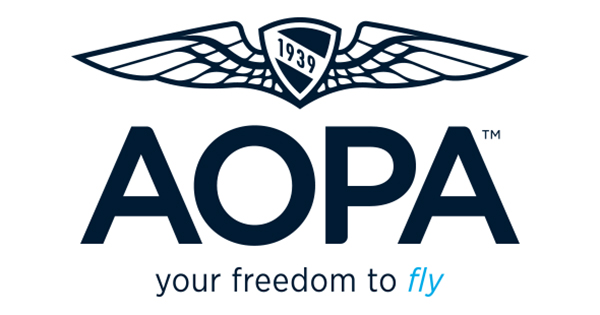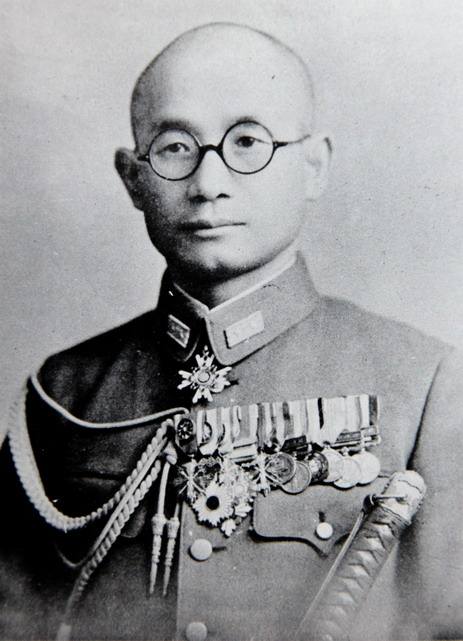1941, Saturday 25 October;
Dinner was finished, they were on the brandy, just the three of them, Sir Reginald Dorman-Smith, Governor of Burma, Maj Gen Kenneth McLeod, GOC Burma, and General Archibald Wavell, CinC India, here on an inspection visit. Wavell was holding court, his head up, eyes closed as he recited poetry from memory. “Half a league, half a league, half a league onward, all in the valley of Death rode the six hundred”. They were talking about the ‘Charge of the Light Brigade’ which had happen today, eighty-seven years ago.
He had arrived five days ago, today was his last, before taking a flying boat back to India in the morning. Eager to better understand the problems of defence, that Burma offered, he’d needed to be on the ground, so to speak, and see for himself what he had here. A considerable amount of time had been spent here in Rangoon, but he’d found time to go up to Toungoo, where Maj Gen Bruce Scott, CO of the 1st Burma Division, had his headquarters. There was the Sittang Bridge, standing on it he’d had a great view of the river, which was thought of as a potential defensive line. He hadn’t expected much, but the Division was really in name only, for admin purposes, being extremely short of Artillery, Engineers, Signals, Medical and Transport units, its Brigades and battalions scattered along the Burmese border. There was no brigade training, indeed many units lacked battalion training, still trying to digest the large number of new recruits that expansion had brought in.
The afternoon was taken with visiting the ‘Flying Tigers’, as its leader, Claire Chennault was calling his American Volunteer Group, who were training at Toungoo airfield. Officially they were part of the Chinese Air Force, but both pilots and ground crew were Americans, mercenaries, earning three time what they had been earning in the US armed forces, which they had left. Chennault was forming 3 Squadrons of fighters, to defend the Burma Road, one was to be based at Lashio, the other two in China. Wavell watched a couple of flying displays by American pilots in already assembled P40’s, and finishing off the afternoon with quite a frank and detailed talk with Chennault about the AVC, its mission role, and capabilities.
After the day in Toungoo, he taken the train on to Mandalay, meeting Brigadier Alfred Curtis, CO of the 13th Indian Brigade, who had arrived in April. He’d watched one of its battalions, the 1st Battalion, 18th Royal Garhwal Rifles, go through some exercises, only achieving them with some considerable difficulties, the few seasoned Officers and NCO’s they had, mostly leading everybody through it. Alf had confessed, the other two battalion weren’t any better, the continued milking of his best Officers and NCOs had drastically reduced all the battalion’s effectiveness.
The next day he’d flown up to Lashio, where the rail line from Mandalay ended, and the Burma Road began, to see the extensive array of warehouses and storage sheds, along with a small vehicle repair workshop. This is where the USA Lend Lease supplies for China were transferred from rail cars to motor vehicles, for the long and dangerous road journey over the mountainous terrain into Kunming, in southeast China. While there, he inspected a large platoon of the Burma Auxiliary Force, the town’s garrison, made up of part-time soldiers, British, Anglo-Burmans and Anglo-Indians. In the afternoon, he flew back to Rangoon, arriving just before nightfall.
Early the next morning, he’d travelled out to Mingaladon airfield, 9 miles north of Rangoon, visiting the hangers where CAMCO, the Central Aircraft Manufacturing Company, was assembling the 100 Curtis P40B fighter aircraft that the AVC were being equipped with, which had been shipped in wooden crates. Here also was the HQ of RAF 221 Group, and its commanding officer, Grp Capt Eddy Manning, the senior RAF officer in Burma. Both the single bomber squadron in Burma, RAF 60, equipped with Blenheim I’s and the only fighter sqn, excluding the AVC’s, RAF 67, equipped with Buffalo’s, were based here. Manning had been here since March, working hard on establishing a string of airfields from Lashio, down to Mingaladon. Both squadrons were in need of more training, a lot of their pilots new, especially 67 Sqn, which had only been formed in March. The radar unit, 517 COL, was now fully operational, and Manning had it working with the Buffaloes of 67 Sqn, on intercepting potential air raids on Rangoon.
Today, he’d spent the most of morning with General McLeod, discussing the general strategy and defence of Burma. Apart from the internal security of the country, the first priority was defence of the air route to Singapore, protecting the airfields in Southern Burma, along the western side of the narrow strip of land, the Kra Isthmus, that led down to Malaya. The other main priority was the Burma Road, which was why the airfield at Lashio had been built.
The main defensive line in the south was to be on the Salween River, and the 13th Indian, and 1st Burma Brigades of the Burma Division would have to be redeployed to do that, moving into the Southern Shan States, while the 2nd Burma Brigade was in the Tenasserim Region, defending the string of airfields at Moulmein, Tavoy and Mergui, as well as both Tenasserim and Victoria Point, which were probably undefendable, given what resources they had. A few more reinforcements were on their way, in a few days’ time, the 4th Indian HAA Regt would arrive from Singapore, providing Rangoon, at least, with some semblance of an AA defence. Late next month, the 16th Indian Infantry Brigade would begin to arrive, but it was all so precious little.
“All the world wondered. Honour the charge they made! Honour the Light Brigade, Noble Six Hundred”. Wavell slapped his hand down onto the table, ending the poem, pleased he’d remembered it all unfailingly.
“Bravo, bravo, Archie, well done, and said with such passion, it was as if we were there with them!”
“I bet you’d have liked to have been there Kenneth”
“Only with one of my Cavalry Brigades, Reggie, I’d take either the Secunderbad or the Risalpur, marvellous bodies of men and horse”.
Wavell watch them both, deep in thought, how different the conversation would be if Eric and not his brother Reginald was here. He could hear him now, horses are finished, the Army has been far too slow to mechanise and it still doesn’t understand armoured warfare. Yes, Eric would have eaten dear old Kenneth for breakfast, bless him, which reminded him, if he was going to persuade Hutton to take over in Burma, he’d have to find a replacement for Chief of the General Staff in India, and Eric was looking for a job. Christ, Eric working with the Indian General Staff, there’d be a few feathers flying there, no, despite Eric’s brilliant mind, his propensity to rub noses the wrong way meant that was a non-starter. He looked at McLeod again, he’d have to find someone soon and quick, Kenneth was a nice old gentleman, but wasn’t going to get the job done.

